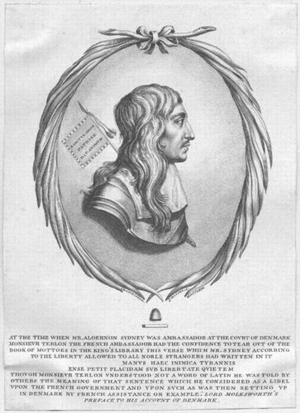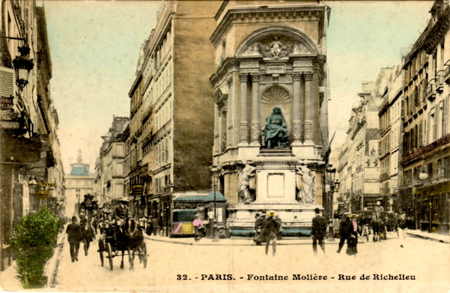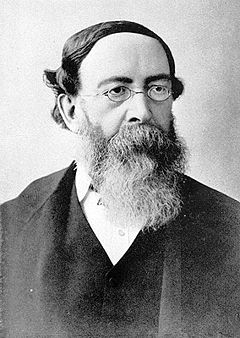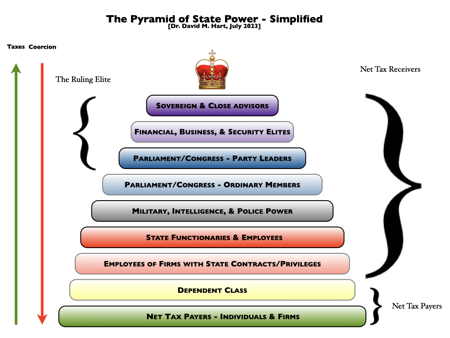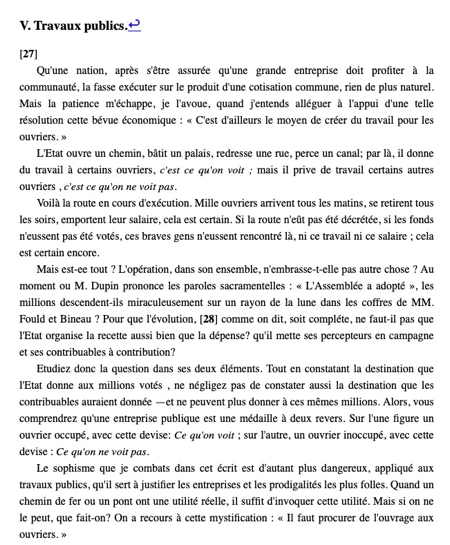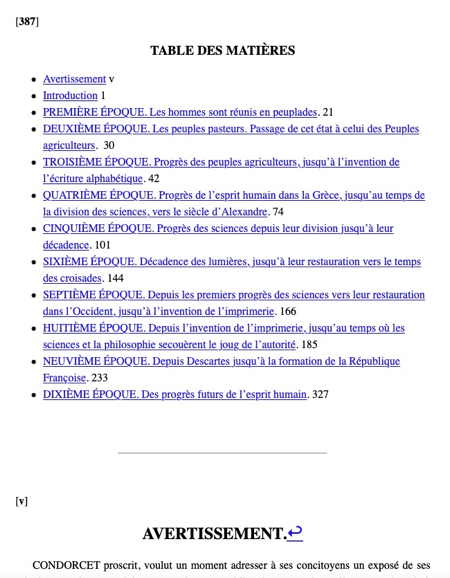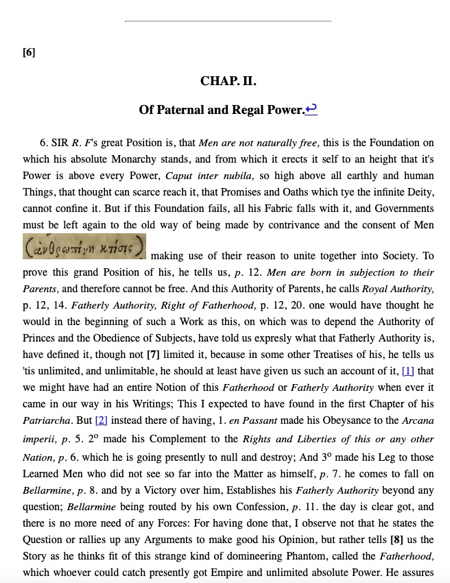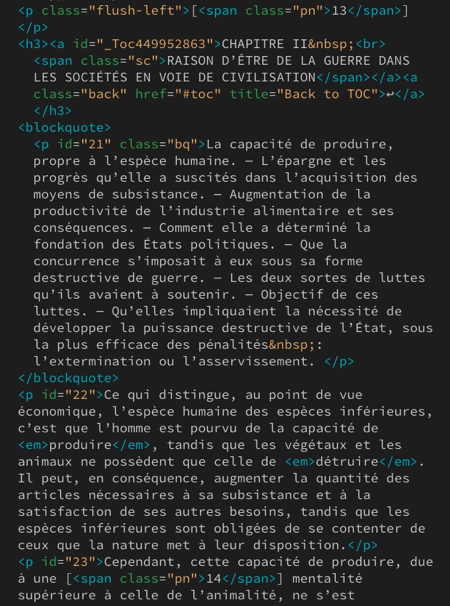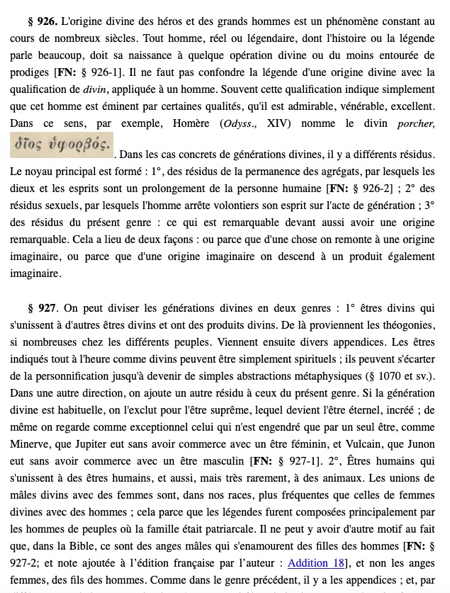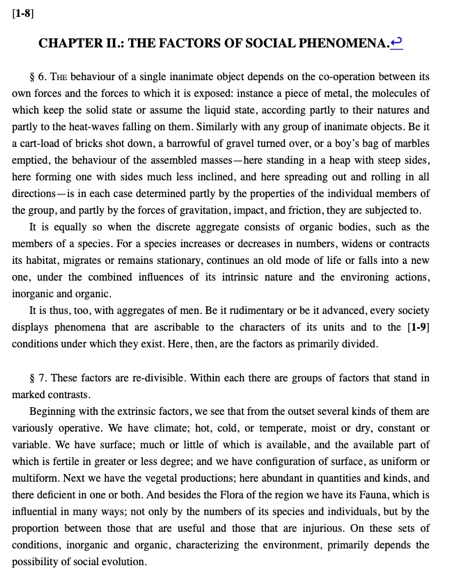
[Frontispiece to John Wade’s “Black Book” (1835) showing John Bull (i.e. the British people) who has been captured and tied down (like Gulliver in Jonathan Swift’s Gulliver’s Travels (1726) by the Lilliputians, who in this case are figures representing the army, the church, members of parliament, and the judiciary. The Lilliputians taunt him and rifle his pockets to steal his money.]
Concepts which Apply to Human Behavior and Economic Activity in General and which are also applicable to CLCA
Note: the abbreviation CL = classical liberal and CLCA = classical liberal class analysis.
Before discussing the key ideas which are specific to CLCA we should take note of some more generals principles which apply to all people in every aspect of their lives.
The first thing to note is that every individual has interests and goals which they attempt to pursue and to satisfy. It is generally believed that these so-called “selfish interests” are revealed primarily in “economic activity” where people pursue “profits” or a narrowly-defined “economic” betterment of their lives. Classical economics was criticized for assuming the existence of an “economic man” who was entirely devoted to the pursuit of these kinds of interests. and goals. This of course is too narrow a view as people have “interests” which are much broader than this as Adam Smith discussed in great detail in his work The Theory of Moral Sentiments (1759).
The great insight of the Public Choice school of economics (James Buchanan and Gordon Tullock) was that workers in the “public sector” also had interests and goals which they attempted to pursue by working within state institutions, such parliament or Congress, or the state bureaucracy, just as other individuals pursued their interests and goals in the “economy”. The interests and goals of politicians and bureaucrats are things like fame, power, high salaries, increased budgets to dispose of, promotion, and so on.
The second thing to note is that people associate with others in order to better pursue their interests and to achieve their goals. In the personal or economic realm they form groups, associations, clubs, business firms, and churches; and, in the political realm they form lobby groups, political parties, and governments, etc. What is common to both forms of association is that individuals with common goals and shared interests come together to better achieve those goals and to pursue those interests.
People can form associations and behave within them and with other individuals and associations in two different ways. They can either associate with others in a peaceful and cooperative manner where no coercion or physical force is used and their rights to life, liberty and property are respected, and all parties in the association and those outside the association with whom they deal, enjoy the mutual benefits of such association. This way of peacefully associating creates a myriad of voluntary associations and allows for a vast network of voluntary exchanges to take place in what we call “markets” and “civil society”.
Or people can associate in order to use force or violence to pursue their interests and achieve their goals. They can thus steal the property of other people, and can force them to act or not act in ways the association does not like. These coercive associations can be “private” (as in criminal gangs, or pirates) or more formally organised “public institutions” such as an army, a government, or an “established” church.
The third general point which needs to be made is that within these associations and institutions people act or change their actions and behaviour as a result of the existence of incentives and disincentives which they face. If there are opportunities to “profit” from doing “x” they will have an incentive to do “x” and more likely than not will do “x”. Here I mean by “profit” an improvement in their situation, the achieving of one of their goals, or the furthering of one of their interests.
The Key Ideas which are specific to CLCA
The most important concept for CLs is the idea that there are two mutually exclusive ways in which wealth can be acquired. This idea has been best explored and described by the French political economist Frédéric Bastiat (1801-185), the German sociologist Franz Oppenheimer (1864-1943), and the American economist Murray Rothbard (1926-1995). In Oppenheimer’s terminology there is “the economic means” of acquiring wealth (by producing things oneself or by voluntary trade with others, in other words by free trade and free markets) and “the political means” of acquiring wealth (by the use of force to acquire things other people have produced, in other words by taxation, confiscation, forced labour (slavery), and regulation.
Coercion can be used by individuals acting “privately” as with thieves and robbers to directly steal the property of others, or what Bastiat called “extra-legal plunder”, i.e. plunder which takes outside or against the law, as in burglary or highway robbery.
Another way is which can be used is “publicly” in an institutionalized manner by the state itself, or what Bastiat “ called legal plunder” , i.e. plunder sanctioned or carried out by the state and its agents.
Thus CLs emphasize the central role played by state coercion in enabling plunder to take place, either by other “legally privileged” individuals, who are given monopolies, land grants, protection from competition, subsidies, or other benefits; or in an organised and institionalised way through state bodies and administration, such as taxation, regulation of trade and industry, legal protection to own slaves, and conscription into the army.
Therefore, whether or not a person or group used coercion to acquire wealth and other benefits was viewed by CLs as the defining characteristic of two different kinds of “class” (or groups) which were important in understanding how their societies functioned and explained the tensions and conflicts within their societies. The particular terms CLs used to describe these two classes varied over time (see fuller description below) but they had one thing common; they were not based on “wealth” as such (as in “rich vs. poor”) or social or economic function (as in a “worker earning wages” vs. the capitalist who owned the factory which paid the wages) but rather how that wealth or function was acquired or carried out – whether by coercion or by voluntary exchange with others. Thus for CLs this notion of class was a “political” one which had the coercive powers of the state at its core.
According to this view then, those who use “the economic means” to acquire wealth or pursue their goals constitute one class which has been variously described as the “productive” or “industrious “ class”, “la classe spoliée” (the plundered class), or more generally “the ruled”.
On the other hand, those who use “the political means” to acquire wealth or pursue their goals constitute an “unproductive” class, “la classe spoliatrice” (the plundering class), or more generally “the ruling class” or “the rulers”.
It follows from this division of society into two classes each of which has a different way of “acquiring wealth” or pursuing and achieving other goals and interests, that there has been and still is today an antagonistic relationship between these two classes which has manifested itself over the centuries as a “class struggle”; between the exploited productive class which wishes to keep the property it has created or acquired through peaceful exchange, and the exploiting unproductive class which wishes to maintain or increase the benefits it gets from the exploited productive class.
Because this antagonism has manifested itself differently at different historical moments the study of the history of this class struggle and system of exploitation has interested CL historians and political economists for several centuries. In their historical writings they have identified a number of paradigmatic forms which this system of class exploitation has taken, namely,
1.) the conquering class vs. the conquered class (the Levellers, Thomas Paine, Augustin Thierry)
2.) the slave owning class vs. the slaves (Charles Comte, Charles Dunoyer, Gustave de Molinari)
3.) the feudal and aristocratic land-owning class vs. the serfs who work the land, and the privileged merchants who benefited from the policy of “mercantilism” which regulated the towns-people who produced other goods an services (Adam Smith, Richard Cobden)
4.) and in the more complex commercial and industrial stage of economic development which emerged in the 19thC there are the “net tax-receivers” (those who receive more in benefits and privileges from the state than they pay in taxes) vs. the “net tax payers” (those who pay more than than they receive in benefits and privileges from the state) (Frédéric Bastiat, Calhoun)
5.) in the late 19thC and especially after WW2 there appeared another important group which was part of the welfare and administrative state, i.e. the professional and permanent members of the bureaucracies which regulated economic activity and managed the growing expenditure and redistribution of tax money for state-provided health, education, and welfare. We now have a new pairing of classes, namely “the regulators / administrators” vs. “those who are regulated / administered”. (William Graham Sumner, Herbert Spencer)
It is not surprising then, that CL historians, political economists, and sociologists have argued that societies have evolved over time through stages each with its own particular means of producing wealth and with its own particular types of “ruling class” which extracts this wealth from the producing class. A handful of radical and more optimistic CLs (Gustave de Molinari, Herbert Spencer, Murray Rothbard) thought that eventually a fully liberal society might emerge in which exploitation and rule by an exploiting class would come to an end as the state was dismantled entirely and its coercive activities replaced by voluntary and market alternatives. The more pessimistic CLs (most “classical liberals”) thought that it might be possible to limit exploitation by means of a written constitution, limited government, and vigilant “pro-liberty” public opinion.
Conclusion
So in conclusion I would summarize the key ideas behind CLCA as follows:
1.) every individual has interests and goals
2.) people associate with others in order to better pursue their interests and to achieve their goals
3.) there are two mutually exclusive ways in which wealth can be acquired, either by non-violent production and exchange (the “economic means of acquiring wealth”), or the use of violence and coercion to take what others have produced and created (“the political means”)
4.) the state is thus the “organization and institutionalization of the political means” of acquiring wealth and pursuing its members goals, which extracts wealth from the tax-paying public and uses it for its own purposes or gives it to its allies and its supporters
5.) this creates two “classes” within society: those who use “the economic means” to acquire wealth and pursue their goals and who constitute the productive, exploited (plundered) class, or “the ruled”; and
those who use “the political means” to acquire wealth and pursue their goals and who constitute the unproductive, exploiting (plundering) class, or “the rulers.”
6.) these two classes are in an antagonistic relationship with each other, since those who are the exploited or plundered class wish to minimize or end entirely the amount of their liberty and property which is taken by the exploiting class; while this exploiting class wishes to maintain or even enlarge their position of power and wealth acquisition over those they rule.
7.) the class structure of our society has evolved over centuries as the means of production of wealth has changed and as the particular groups which control the state have also changed. evertheless the thing which has not changed is that fact these two types of class still exist and that the antagonistic relation between the two still remains, thus causing hardship and injustice which CLs wish to end.
![]()
